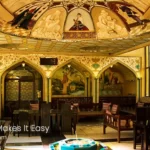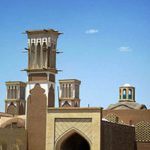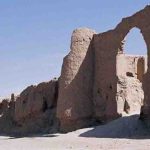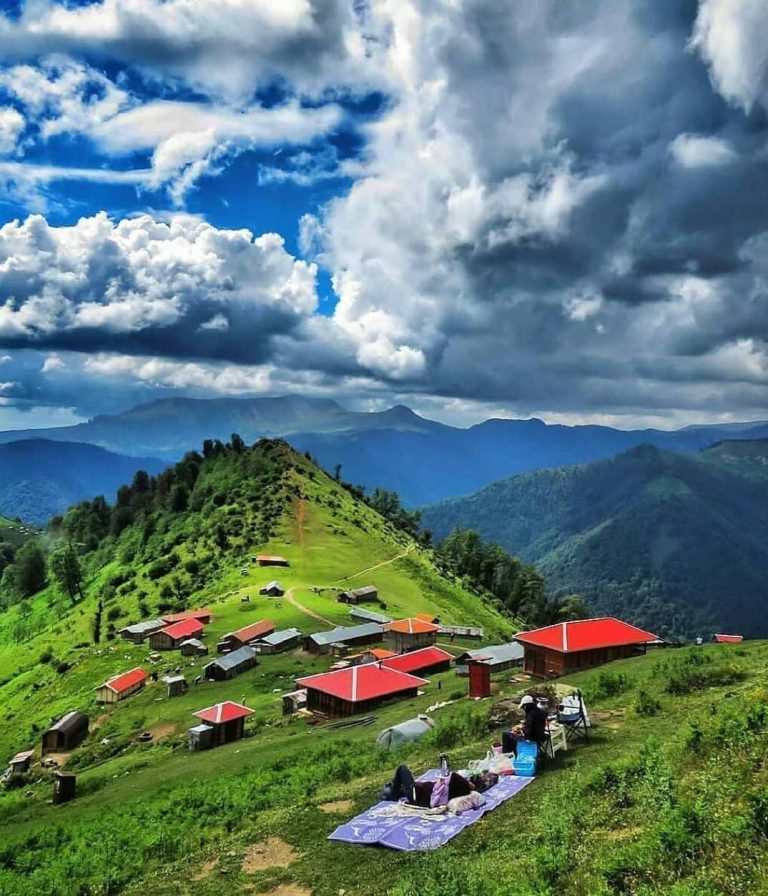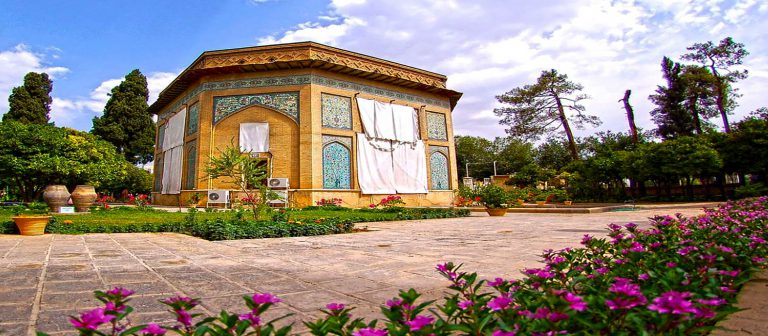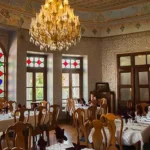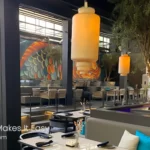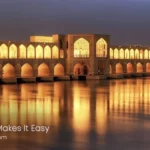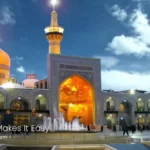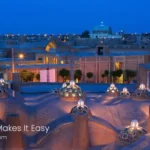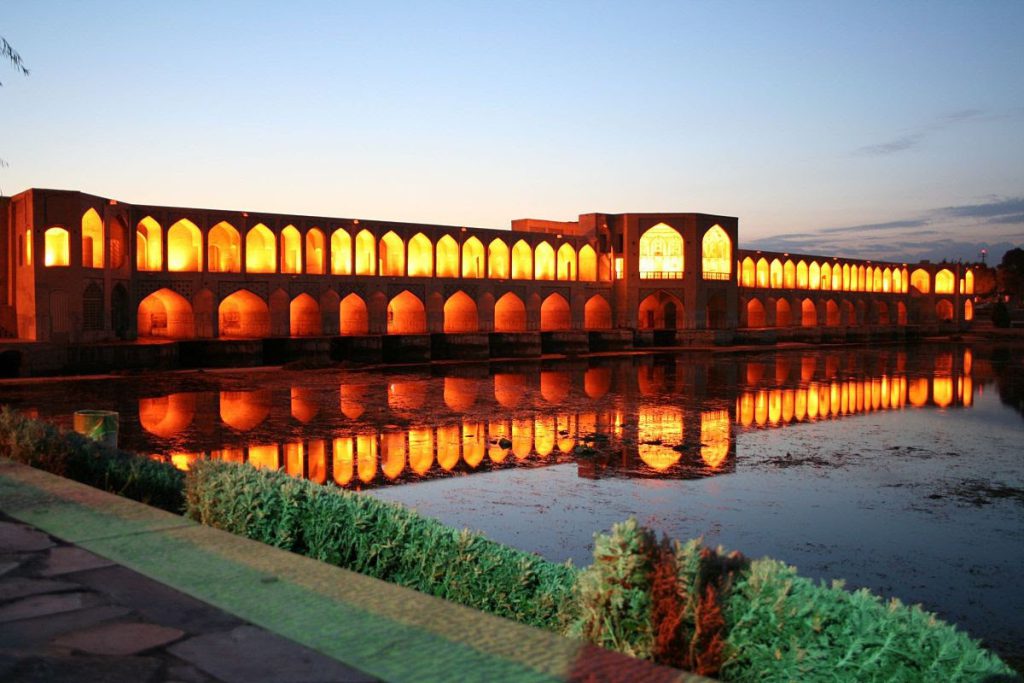
Isfahan
Isfahan is one of the most beautiful cities in the world in terms of architecture and tourism, so that it has been called “half of the world”.
When did Isfahan become known as “Half of the World”?
More than six thousand archeological and historical monuments with a lifespan of more than hundreds and even thousands of years along with unique natural places, can be a logical factor for calling this city “half of the world”.
Antiquities and a variety of handicrafts that have been passed down from generation to generation in various regions and cities of Isfahan province, have turned this province into an open-air historical museum that can be visited all year round. It is the dream of every civilization-loving tourist around the world to visit this city.
A brief history of “half of the world”
Isfahan was a place for troops to gather during the Achaemenid and Sassanid eras, which led to call this city as “Isfahan”. Other names for “half of the world” are Asif Han, Espahan, Espadana, Aspadan, Espanand. . . He spoke. Esfahan, Jay, Darolihudi, Reshurji, Sepahan, Safahan, Gabian, Gabieh, Jay and Judea were other important and very famous names of this city.
Isfahan had a dark relationship with Europe for a long time during the Safavid dynasty due to the enmity of the Ottoman Empire with the Safavids. This led to the development of trade (especially the silk trade from our country). In the Safavid era, wars between Iran and the Ottomans took place in the west and the between Iran and Uzbeks in the east of the country. The reason for these struggles was the public and religious issue of the kings.
During the Safavid period, islands such as Kish and the Portuguese island, which were occupied by the invaders, were liberated. The Safavids in Isfahan provided a good ground in the field of military, Shiite jurisprudence, art (architecture, calligraphy, and painting), which caused this issue to spread from “half of the world” to other parts of the country and increase its progress.
Isfahan has prominent figures, such as heroic warlords such as Qarchaqa Khan. He was one of the commanders of Shah Abbas I in the Safavid period. There are also famous artists in this period such as Reza Abbasi, Mir Emad and Aghamirak who were famous calligraphers and painters.
Three attractive places left from Isfahan in the Safavid period:
Aali Qapo mansion
The Aali Qapo mansion, also known as the “Dolatkhane Palace”, is a good example of Safavid architecture. This mansion was built by order of Shah Abbas I. The Safavid kings receive famous and important people in this palace. The works of Reza Abbasi, from flower and plant paintings to poultry designs and its beautiful plastering in the form of cups and expansions on the walls and rooms of this mansion, attract the eyes of every tourist.
Sheikh Lotfollah Mosque
Sheikh Lotfollah Mosque was built by order of Shah Abbas I and its construction last for 18 years. The architecture of this building was under the supervision of Master Mohammad Reza Isfahani. This mosque is considered as a historical and religious building, and the tile decorations inside Sheikh Lotfollah Mosque are all made of mosaic tiles.
Hasht-Behesht palace
The ancient palace of Hasht Behesht was built during the reign of Shah Suleiman Safavid. Now only a small part of the large gardens of this palace is left. Among the surviving works from Hasht-Behesht Palace, there remained only tiles on which birds, predators and reptiles are depicted.

